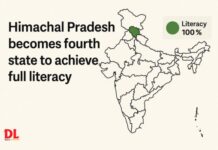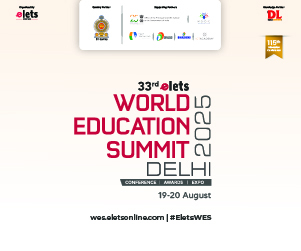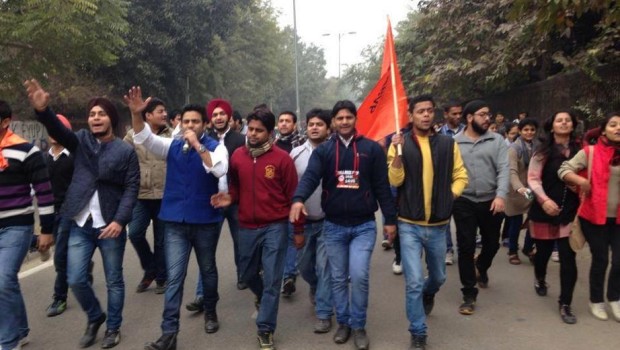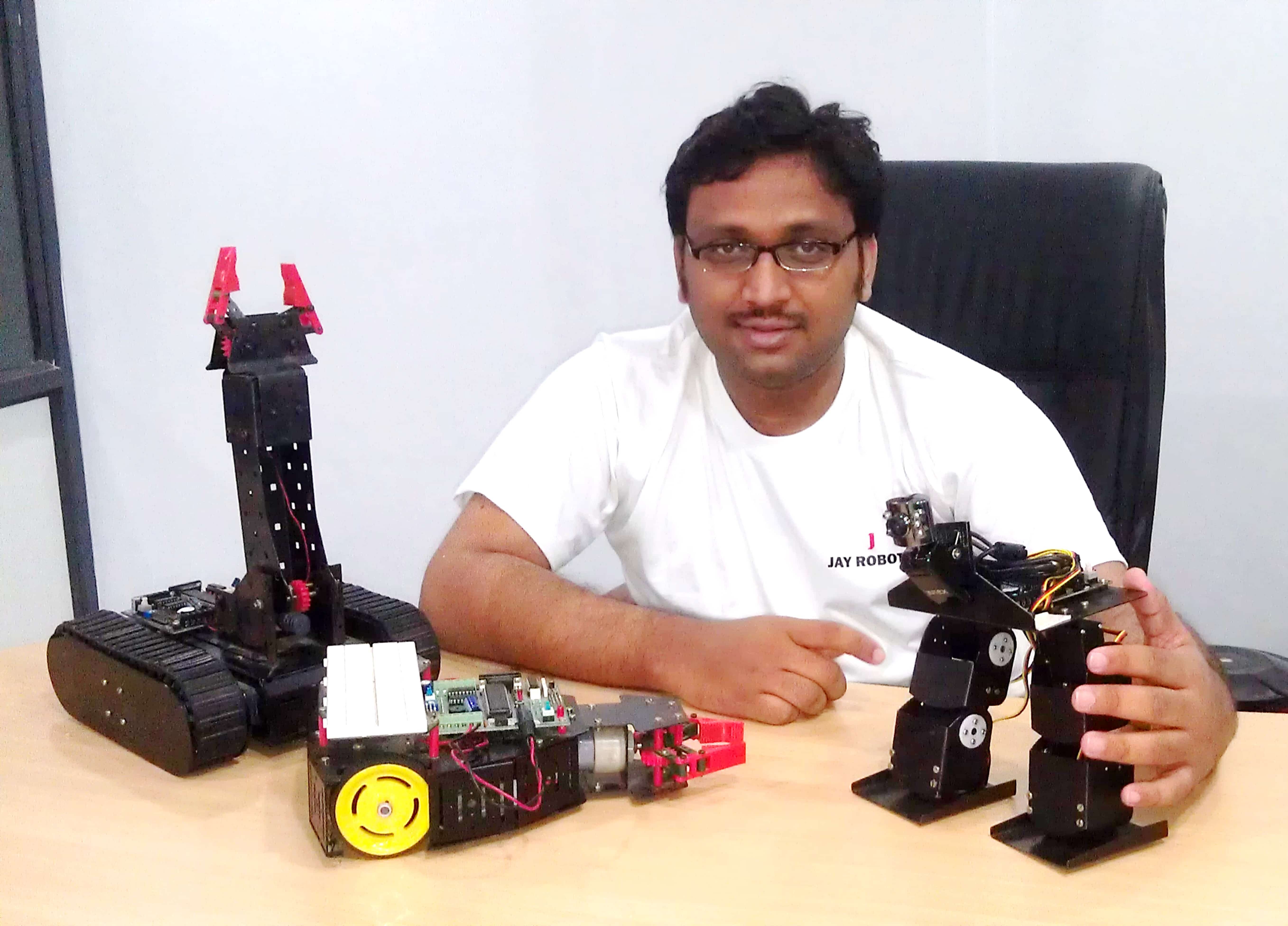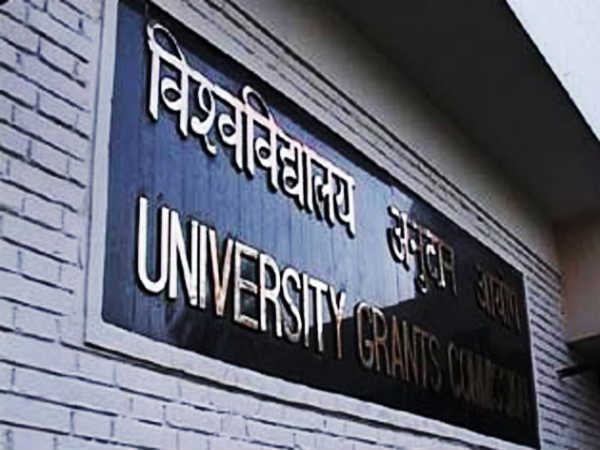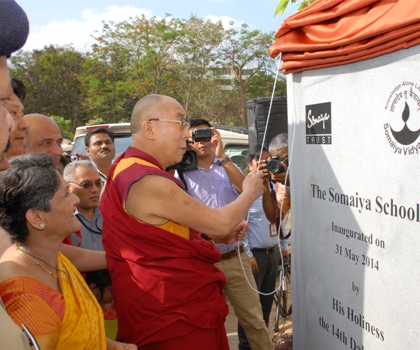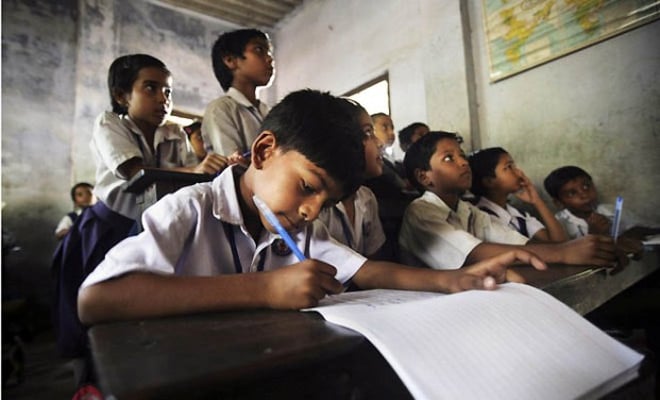Chinese students have outnumbered Indian candidates with the high enrollment in Ivy League campuses. Majority of Indian students planning to fly abroad for higher education dream of getting in one of the Ivy League colleges that includes Harvard University, Brown University, Yale University, Cornell University, Dartmouth College, Princeton University, University of Pennsylvania, and Columbia University. The rise in number of Chinese students getting into Ivy League colleges has increased steadily over the last decade. In 2013, 8,549 Chinese students succeeded in getting into Ivies, thus making 27 percent of the population at the Ivies.
As compared to these figures, the rise in number of Indian students getting into Ivy League colleges has been marginal. With 3,064 Indian students admitted in Ivies in 2013, they made up about 9.7 percent of all international students at the colleges. The competition to get into one of the Ivy League college is fierce as about 30,000 students had applied for undergraduate course in Harvard University for 2,131 seats in 2013 which witnessed an acceptance rate of 7.32 percent.
The data, though favoring Chinese students, does not conclusively indicate whether Chinese candidates are more attracted to the Ivy League than their Indian counterparts or if their rising numbers in League has to do with their increasing numbers in the US. However, it has been found that both Chinese and Indian students have shown interest in getting into wide range of colleges in the US, with majority of them going for doctoral/research institutions.



